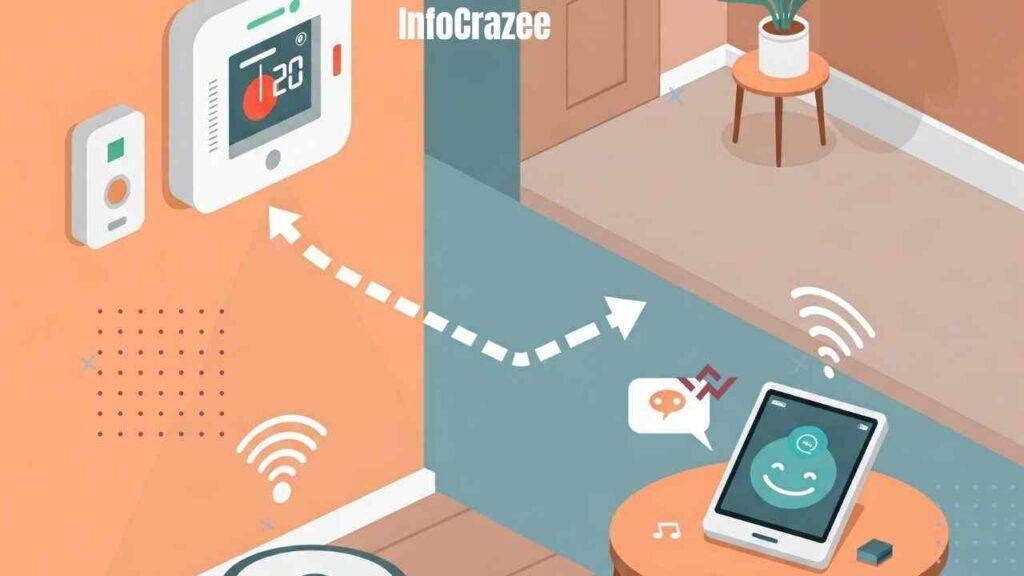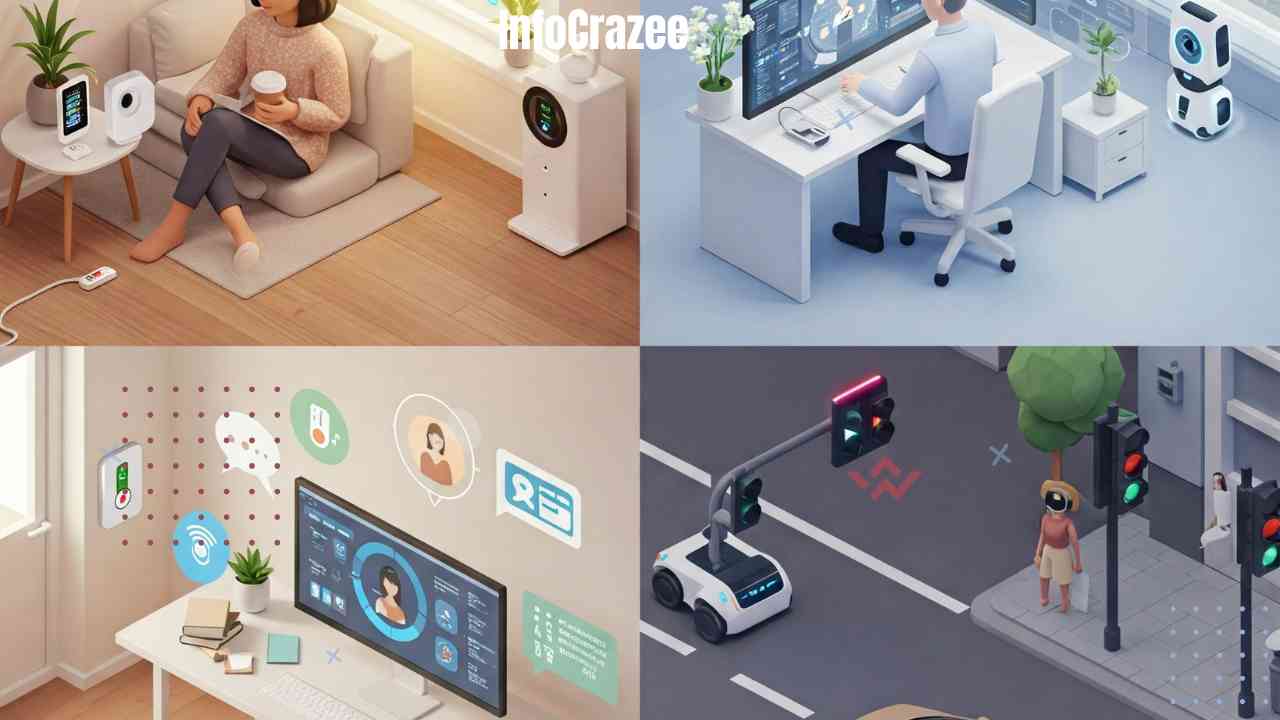How Automation Is Changing Everyday Life—At Work, Home, and Beyond
We hear the word automation thrown around a lot, but what does it actually mean for our daily lives? It’s more than just robots on a factory floor. From smart homes to digital assistants, automation is slowly becoming part of how we work, live, and even relax.
Let’s explore how it’s changing the game—without sounding like a tech manual.
Automation at Work: Less Repetition, More Efficiency
1. Bye-Bye Boring Tasks
One of the biggest benefits of automation at work is cutting out the boring stuff. You know, the repetitive tasks that eat up your time—like entering data, sorting emails, or scheduling meetings.
Now, tools like:
- AI chatbots handle customer questions 24/7.
- Scheduling apps book meetings without a single back-and-forth email.
- Document automation helps fill out forms and generate reports in seconds.
It’s like having a super-organized assistant who never takes a lunch break.
2. Helping You Work Smarter
Automation also means you get insights faster. For example, sales teams use software that tracks customer behavior and recommends the best time to follow up. Marketers can run smarter campaigns with data-backed strategies, thanks to tools that analyze social trends and engagement.
Real-world example:
Emma, a freelancer, uses automation to send invoices, track her income, and remind clients about deadlines. She spends less time chasing paperwork and more time doing what she loves—writing.

Automation at Home: More Comfort, Less Effort
1. Smart Homes Are Real (And Getting Smarter)
Ever walked into a room and the lights turn on by themselves? That’s automation in action. Devices like smart thermostats, lights, and even fridges are learning your habits and adapting to your lifestyle.
Some cool everyday examples:
- Thermostats that learn your schedule and adjust temps automatically.
- Robot vacuums that clean up while you’re out.
- Voice assistants that control everything from music to grocery lists.
2. Saving Time & Energy
With smart home automation, you’re not just getting convenience—you’re saving money and energy too. Lights turn off when no one’s in the room, and appliances run more efficiently.

Real-world example:
Sam has a smart sprinkler system that checks the weather before watering the garden. It saves water, lowers the bill, and keeps the plants happy—all without him lifting a finger.
Out and About: Automation Beyond Home and Work
1. Smarter Shopping
Ever bought something online and got a “you might also like” suggestion? That’s automation at work. Retailers use it to personalize your experience, manage inventory, and ship products faster.
Even in stores, automation helps with:
- Self-checkouts for faster lines.
- Inventory robots that restock shelves.
- Mobile apps that recommend deals based on what’s in your cart.
2. Travel & Transportation
Automation is also rolling out on the roads, skies, and even sidewalks. Self-driving cars are still being tested, but automation is already here in:
- Traffic lights that adjust to real-time traffic.
- Airlines using AI to schedule flights and routes.
- Delivery drones and robots bringing food and packages to your door.
Real-world example:
In some cities, trash bins send alerts when they’re full. The city uses that data to create smarter pickup routes, cutting fuel use and saving money.
So, What’s the Big Picture?
Automation isn’t just for big companies or tech fans—it’s becoming part of everyday life for everyone. It’s about using smart tools to make things faster, easier, and more efficient, whether you’re at work, at home, or on the go.
Sure, there are concerns (like job changes or privacy), but the benefits—saved time, better decisions, and more freedom—are hard to ignore.
Final Thought Options:
- Want a home that knows when you’re cold? Automation.
- Tired of wasting hours on emails? Automation.
- Need a hand managing a busy life? You guessed it—automation.
FAQs
1. Will automation take over all jobs?
Not all, but it will change how many jobs are done. While some repetitive tasks may go away, new roles focused on managing, designing, and improving automation tools are being created.
2. Is home automation expensive to set up?
It depends on what you want. Some devices, like smart bulbs or speakers, are affordable and easy to install. You can always start small and build over time.
3. Can I trust automation with personal info?
Most devices and apps take privacy seriously, but it’s smart to read the settings, use strong passwords, and stick with trusted brands.






